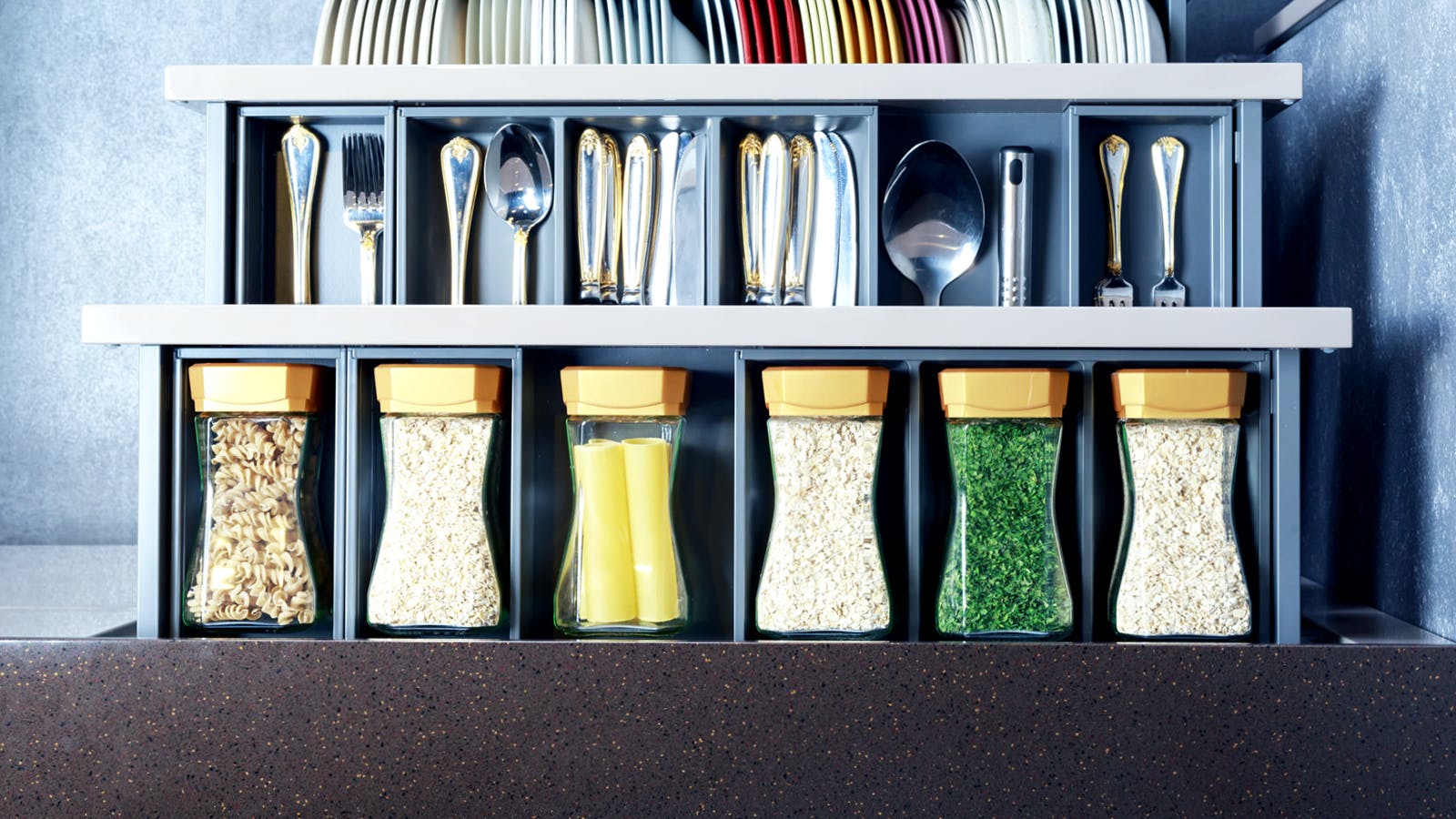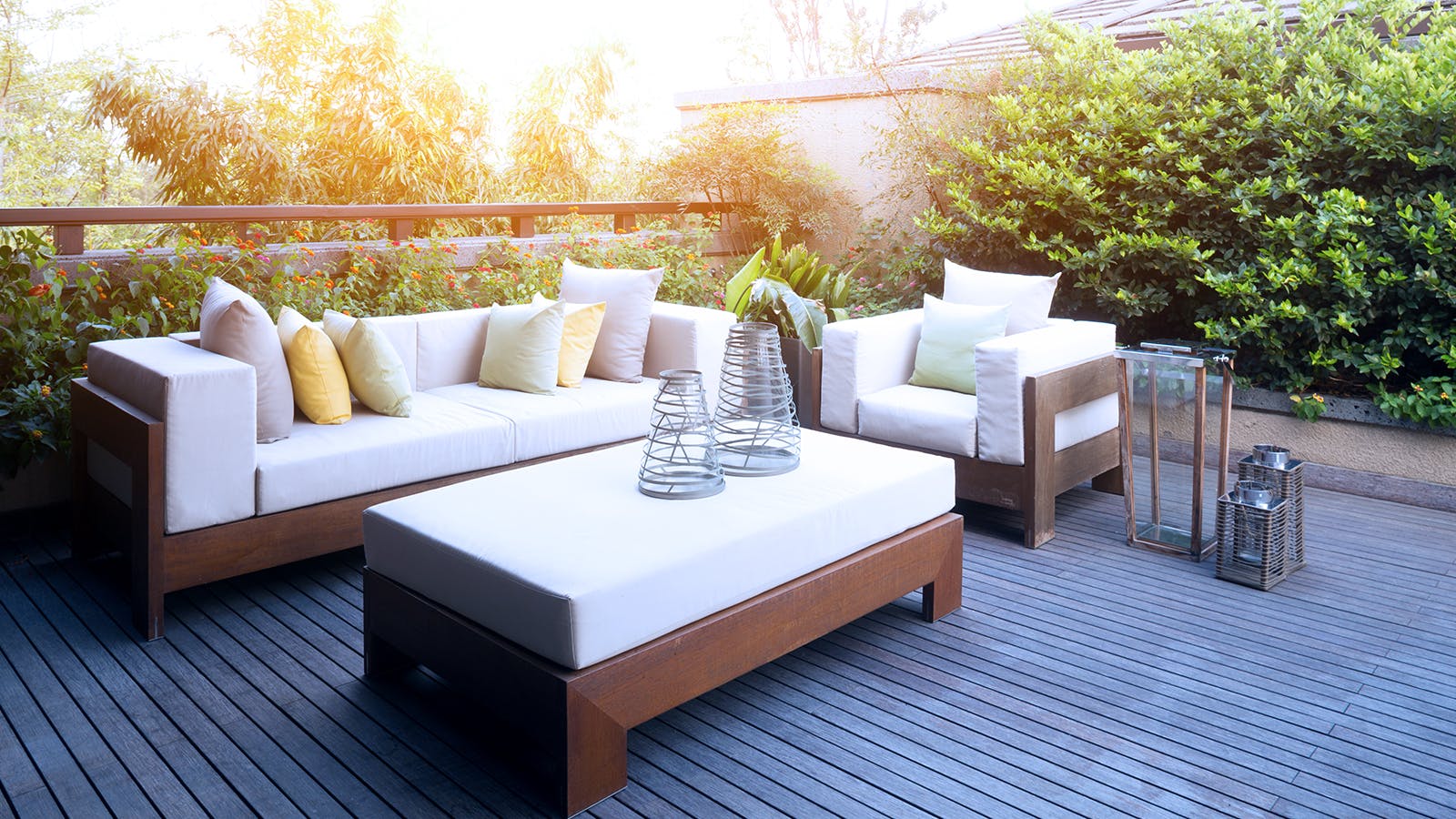With the current climate of increased time at home, many may be passing up fireworks displays this year. Why not utilize the holiday weekend to bust out the gardening gloves instead? Celebrate by getting outside, growing something beautiful, and adding some instant curb appeal with red, white and blue flowers.
Hot and dry climate blooms
If adding a pop of red to the garden, consider the Egyptian star cluster. These festive, star-shaped flowers bloom in full sun and are drought tolerant. As you go about planting, keep in mind that they do require excellent drainage as well as deadheading for a “continual flush of new blossoms.”
Baby’s breath is a great choice for white. These small, delicate blossoms grow best in full sun or, at minimum, 4 hours of direct sunlight. Baby’s breath is also drought tolerant, and actually prefers well-drained or sandy soils. It is susceptible to stem rot, though, so ensure drainage is directed away from the base of the plant.
For blue blossoms, consider nepeta, otherwise known as catmint. Varieties with purple-blue flowers are most common, but the ‘Blue Wonder’ provides one of the richest, true ‘blue’ shades. Catmints typically prefer full sun, and thrive in “well-drained, not overly fertile soil”. Once your catmint has taken root, you can also consider it drought tolerant.
Red, white and blue flowers for cold climates
Snapdragon, particularly the Black Prince variety, will warm any garden right up! The deep burgundy flowers resemble a dragon’s face, opening and closing its mouth with a lateral pinch. Plan to plant your Snapdragon in full sun to partial shade, but don’t fret when the weather starts to cool. Its minimum cold hardiness is -30 °F to -25 °F, and it’s even suitable for winter sowing.
The classic English daisy can add a pop of white to any cold-climate garden. Daisies are fairly adaptable when it comes to soil type and sun. The good news for gardeners is that their adaptability means these flowers can survive temperatures as low as -30 °F. They are also suitable to sow outdoors year round.
Round out your garden with some blue blossoms, courtesy of grape hyacinth. Hyacinths are traditional cold-hardy plants. Their minimum cold hardiness is particularly low, at -40 °F. Just be sure to get these bulbs in the ground before the first frost comes this fall.
Wet climate curb appeal
The brilliant, red cardinal flower, growing up to 4 feet high, is an attractive addition to any moist garden environment. This perennial prefers full sun to partial shade, and wet or wet mesic soil. The cardinal flower can also thrive in bog and water gardens, and requires or benefits from a two-month cold moisture treatment.
Calla lilies stand out from the rest of the lily family with their trumpet-shaped, singular, petal-like spathe. They prefer wet or wet mesic soil, but can also be cultivated in water. Like the Cardinal flower, Calla lilies can even be added to bog or water gardens. They are a traditionally well-known and loved pond plant!
True to its name, the great blue lobelia adds an azure touch to wet climate gardens. Another variety of the Cardinal flower, it similarly requires or benefits from a cold moisture treatment. The small seeds must be kept moist and not covered with soil. Once established, though, the great blue lobelia also thrives in both bog and water gardens.
Festive blossoms for temperate climate
Limber honeysuckle, otherwise known as red honeysuckle, is adaptable enough for any temperate environment. It will grow in full shade to full sun, as well as soil with a neutral pH between 6.6 and 7.3. An added benefit is the sweet, long-lasting fragrance!
Consider mapleleaf viburnum to add a little white to the temperate garden. It’s slightly less agreeable than limber honeysuckle, but will still grow in light levels between full shade and full sun to partial shade. It similarly accepts wet mesic, mesic or dry mesic water levels, but requires more acidic soil.
The Virginia day-flower typically prefers moist environments, but will still grow in drier soils and adds a lovely light blue to the landscape. It accepts light levels ranging from full sun to full shade, and blooms from late spring to early fall. Found in dozens of states across the U.S., it’s sure to feel right at home in most temperate garden environments.
Whether building out a bog garden or finding the perfect perennial for your yard’s dry, sandy soil, a holiday weekend is the perfect excuse to get out and garden. Celebrate the 4th this year with beautiful blossoms and boosted curb appeal, regardless of climate!
Published on June 29, 2020


